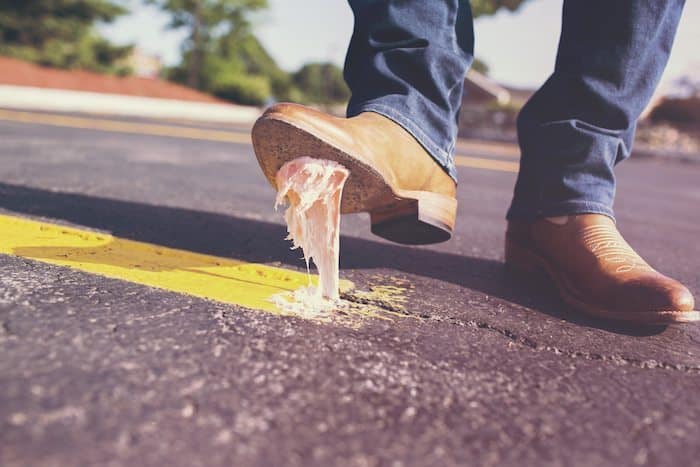In the book titled Authentic Happiness: Using the New Positive Psychology to Realize Your Potential for Lasting Fulfillment, Dr. Martin Seligman writes about a medical experiment that elucidates a powerful business lesson.
“[In one experiment], 682 patients were randomly assigned to either the usual colonoscopy or to a procedure in which one extra minute was added on at the end, but with the colonoscope not moving. A stationary colonoscope provides a less uncomfortable final minute than what went before, but it does add one extra minute of discomfort. The added minute means, of course, that this group gets more total pain than the routine group. Because their experience ends relatively well, however, their memory of the episode is much rosier and, astonishingly, they are more willing to undergo the procedure again than the routine group. In your own life, you should take particular care with endings, for their color will forever tinge your memory of the entire relationship and your willingness to reenter it.”
Whether or not Seligman caught the ramifications of this study to the world of business, it offers us one of the most powerful lessons of all.
What we learn from this study is that the way the customer relationship ends is almost as important as how it starts in the first place.
How a customer’s experience ends directly influences the likelihood that the customer will reenter the relationship with your company again.
Think of the lifecycle of one of your clients – the time between when they buy, and when they are likely to buy again. For those of you in retail or B2C companies, it might happen within twenty minutes or less. But for those in complex B2B organizations, it might take six months or more per transaction.
However long it takes, I want you to think about five distinct stages that occur during that time, and I want you to think about what YOU, want your customers and clients to be feeling at each stage.
More importantly, what impression do you want them to take away, both about you & your products/services, and about their situation as it relates to your products and services.
Here are the five key stages.
Stage One:
In the first stage, we need to get their attention. Let’s assume you run a convenience store, and the customer is looking for a pack of chewing gum. The customer needs to think, “I can find gum in this store!” This is impacted by your signage, advertising, marketing, branding, referrals, etc.
Stage Two:
Next, you need them to come in the store and be impacted by how clean your store looks, how great the lighting is, the atmosphere, etc. At this stage, you want them to be thinking, “Yes, I should buy my gum from this store!”
Stage Three:
When they’re in the store, you want them to be able to find the gum they’re looking for, BUT you also want them to see other things that they might buy on impulse. The thought you want running through their heads is, “here’s the gum, but oh look, they can also do that!”
This stage relates to product positioning. For example, how do you have your store laid out, what products do you put next to each other, what upsells, cross-sells, down-sells do you have in place?
Stage Four:
This stage deals with your staff and front-line demeanour. This is how they’re going to remember you. Is your staff friendly & happy, or irritable and looking to get the hell out? People remember friendly staff, and they remember them well.
Stage Five:
In the final stage we focus on the quality of your product – if you sold them stale gum, then everything that happened up until this point doesn’t matter.
The specific stages of this are different in every company, and every industry, but the core remains the same – if you’re not conscious of the impression that your prospects and clients have at each stage of the sales & service cycle, then how can you possibly work to improve?
How confident are you that everybody involved in your sales and marketing cycle know what impressions the prospects and clients have at each stage of the sales cycle?
And most importantly, what are you going to do to improve that?
This is an area that we’ll be exploring in some depth at The Evergreen Summit and there are less than 10 seats remaining. Of course, there are an unlimited number of virtual viewing options available for those who can’t make it in person.
